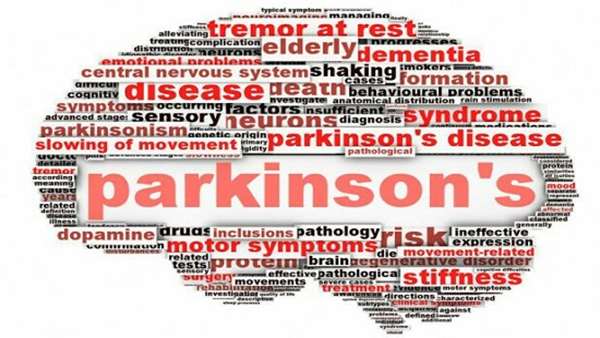Parkinsons: Stem cells restore nerve function in monkeys
Using stem cells, scientists have managed to restore nerve function in monkeys with Parkinsons disease. The findings may change therapeutic practices in humans.
Using stem cells, scientists have managed to restore nerve function in monkeys with Parkinsons disease. The findings may change therapeutic practices in humans.
A new study recently published in the journal Nature Communications shows promise for treating Parkinsons disease with induced pluripotent stem cells (iPSCs).
iPSCs are cells that have been taken from a child or an adults tissue and genetically modified to resemble embryonic stem cells - that is, to be able to take the form of any other adult cell types.
In the case of Parkinsons, scientists have been using iPSCs to form a certain type of brain cell that is damaged by the condition: the so-called dopaminergic neurons located in the midbrain.
These brain cells are the primary source of dopamine - the neurotransmitter that helps to regulate voluntary movement, mood, stress, and reward, among other things.
Previously, researchers have been able to restore motor function in rats and primates with Parkinsons-like symptoms by implanting dopaminergic neurons derived from human iPSCs. But until now, no studies have investigated the long-term impact of such a practice in primates.
In this context, a team of researchers led by Jun Takahashi, of the Center for iPS Cell Research and Application at the Kyoto University in Japan, set out to implant these neurons in the brains of long-tailed macaques and evaluate the safety and functionality of such a practice over time.
http://www.nature.com/news/reprogrammed-cells-relieve-parkinson-s-symptoms-in-trials-1.22531





ارسال به دوستان